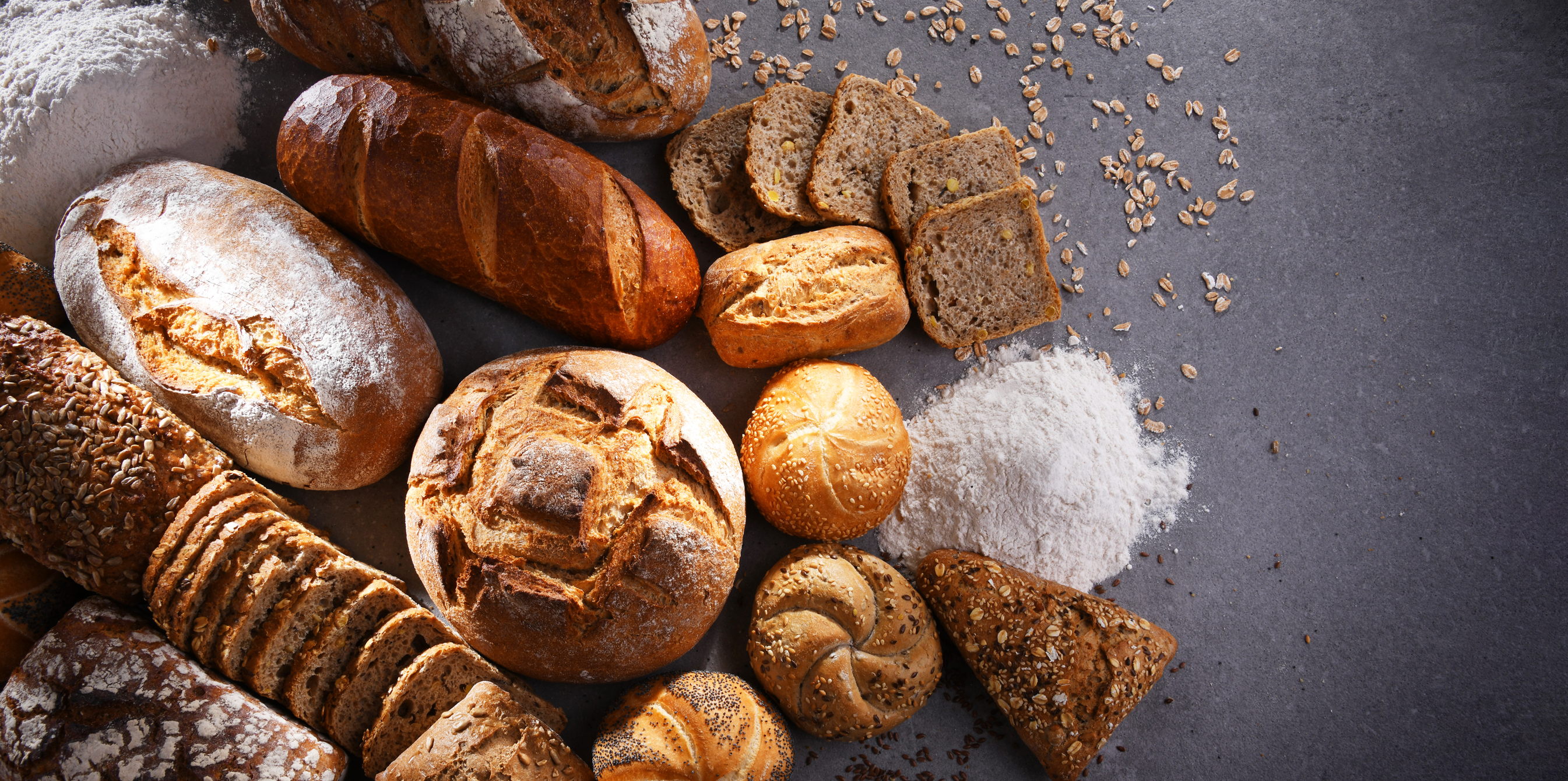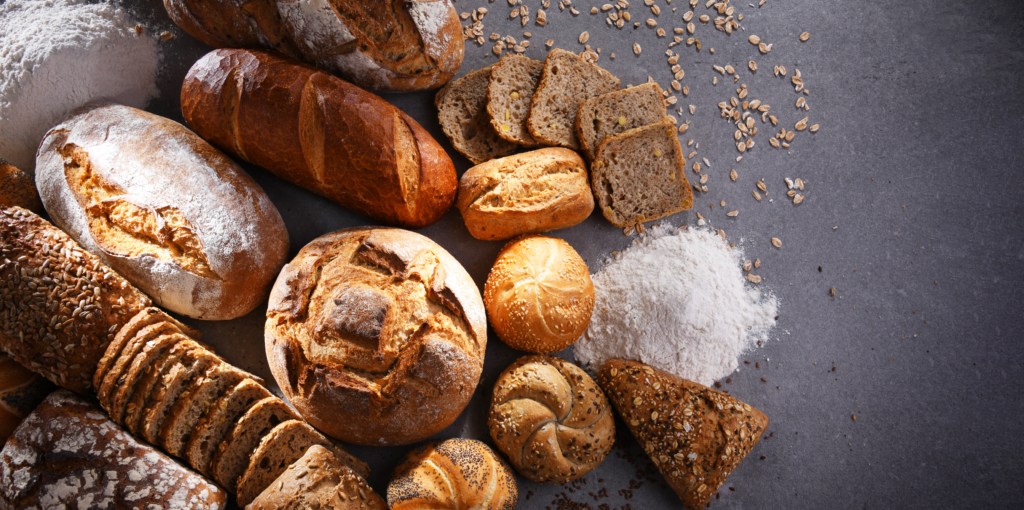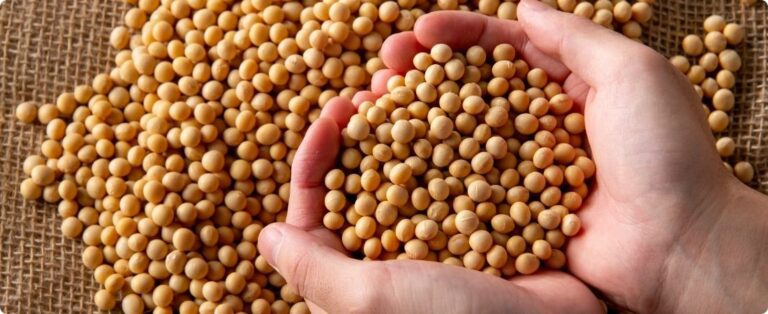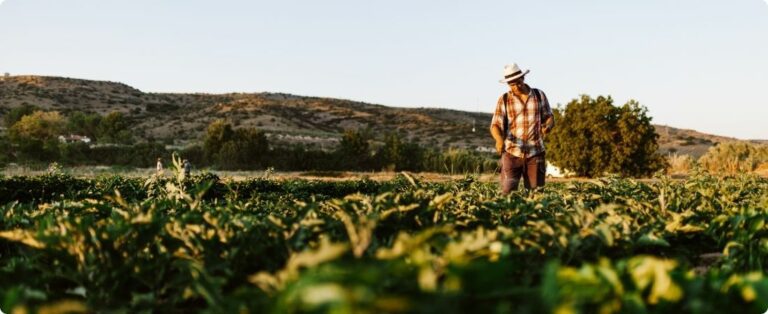
Image: Adobe Stock
Lecithin, obtained from soybeans, is a typical example of a natural emulsifier. Its use in food should not exceed the value of 1.0% in terms of fat content, as excessive use imparts an unpleasant flavor to the final product. Regarding the use of emulsifiers in biscuits, several researches have been carried out and it has been demonstrated that it is possible to reduce the total fat content of a formulation by 15 to 20% through the use of 0.75% of an emulsifier. The complexation characteristics of these compounds with starch and protein are responsible for improvements in dough lamination, texture and cookie expansion.
Emulsifiers are classified according to the distribution of their phases. Emulsifiers have a polar terminal group that interacts with water molecules and a hydrophobic group that interacts with the lipid phase.
The hydrophobic portion of the molecule is usually a long alkyl chain, while the hydrophilic portion consists of a dissociable group or hydroxylated groups. In addition to reducing surface tension as stabilizing agents for emulsions, foams and suspensions, emulsifiers are important texture modifiers, resulting in changes to the physical properties of the food. Emulsions are important due to their frequency in widely consumed foods.
The formation and stabilization of emulsions of non-miscible substances allow the production of stable products whose homogenization facilitates the industrial process and the sensorial aspects of food. A typical example is the dispersion of fats in the dough formed in an aqueous medium.
When we add emulsifier to a food emulsion containing water and oil, a film is formed at the interface of the two components by the emulsifier molecules oriented according to their polarity. This film will reduce the interfacial tension between the liquids.
In this way, immiscible liquids can be dispersed one into another, through agitation and the formation of micelles.
Foods (processed or not) require emulsifiers, as, in addition to water, they contain three other main components: protein, carbohydrates and fat. All living organisms have their own emulsifying system. Some are extracted (natural) for use in processed foods, others imitate the natural emulsifier.
 By: João Victor de Lima
By: João Victor de Lima
















